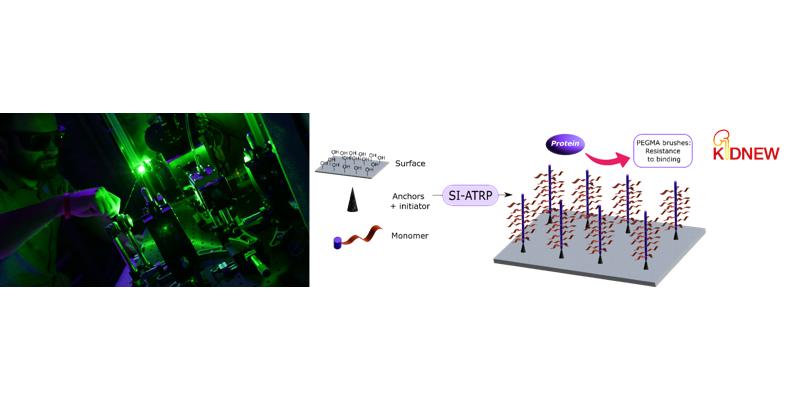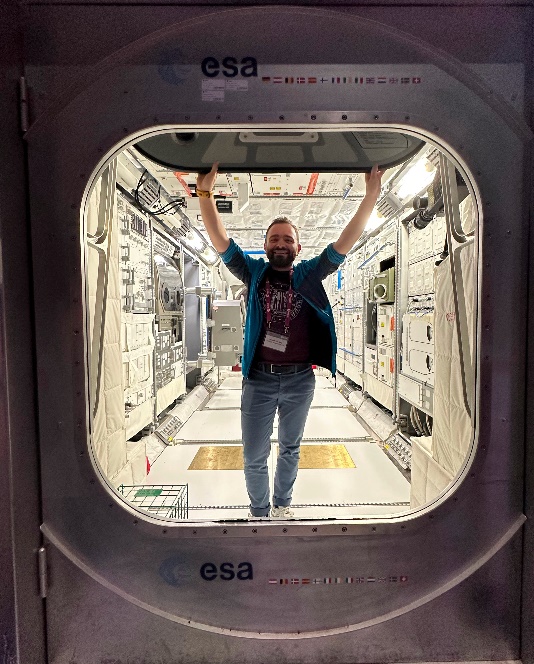- Imprimer
- Partager
- Partager sur Facebook
- Partager sur X
- Partager sur LinkedIn
Séminaire
Le 3 mai 2024

Riccardo DAL MORO // Larissa DOS SANTOS SILVA ARAUJO
Raman Spectroscopy for Gas Sensing
Riccardo DAL MORO (CNR-IFN / LIPhy)

This presentation will give an overview about the spectroscopic research of the CNR-IFN (National Research Council of Italy - Institute for Photonics and Nanotechnologies) of Padova (Italy). The main focus will be about a novel laser-based system designed for real-time Raman spectroscopy applied to in-line combustion gas diagnostics. While Raman spectroscopy is a well-established technique for solid and liquid analysis, its application to gas samples is challenging due to their low density, which limits the intensity of Raman scattering. To address this issue, our system utilizes a multipass cell, strategically designed to enhance signal generation and its collection. Depending on the application, the system can work with spectra integration time ranging from 0.15 second up to 10 seconds.
Hemocompatible Polymers Brushes for Biomedical Applications
Larissa DOS SANTOS SILVA ARAUJO (LIPhy)

Polymers are commonly used in biomedical coatings to modify physicochemical properties of surfaces due to their flexibility, versatility, and ability to mimic natural tissues, change adhesion properties and control bioaccumulation. Among diverse design strategies available for polymeric coatings, thin layers of chain-end tethered polymer chains, known as polymer brushes, have been widely investigated and used. The tailoring of chemical composition, thickness, adaptive physicochemical properties and surface density provide a versatile toolbox to obtain polymer brushes with the desired characteristics.
Polyethylene glycol (PEG) based brushes have been at the forefront of biological applications and nanomedicine owing to their remarkable anti-fouling properties, low toxicity, and extensive use in medicine and drug delivery. In the seminar, I will discuss our research on developing hemocompatible PEG brushes with anti-fouling properties to integrate a cutting-edge technology for an artificial kidney.
Date
17:00
Localisation
LIPhy, salle de conférence
- Imprimer
- Partager
- Partager sur Facebook
- Partager sur X
- Partager sur LinkedIn